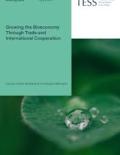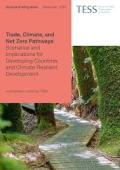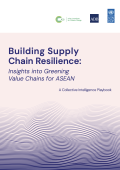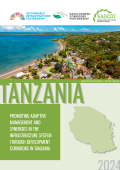
Developing countries often face direct links between environmental performance, social equality and poverty. Moreover, environmental risks such as unsustainable natural resource management, air pollution or lack of access to safe drinking water can be worsened by other development challenges including inequality, poverty, rapid population growth and lack of basic infrastructure. Climate change in particular will hit the poor the hardest due to their higher vulnerabilities and economic dependence on natural resources. Rapid, inclusive, and climate-informed development is critical for poverty reduction (World Bank, 2015).
Green growth has emerged as an important means by which developing countries may achieve sustainable development. By integrating environmental and social considerations into economic decision-making and development planning, green growth can help promote both sustainable growth and social stability while conserving resources for future generations. However, there is no one-size-fits-all strategy for implementing green growth into development planning, and policy needs to respond to national priorities and circumstances.
Relevance to the SDGs
The 17 Sustainable Development Goals (SDGs) encompass various aspects of development, including economic growth, resilience and inclusiveness. The SDGs call for rapid economic development in the least developed countries (target 8.1) as well as in the bottom 40 percent of the population (target 10.1).
Explore green growth resources related to SDGs:
SDG 8.1
Least Developed Countries SDG 10.1
Bottom of pyramids













